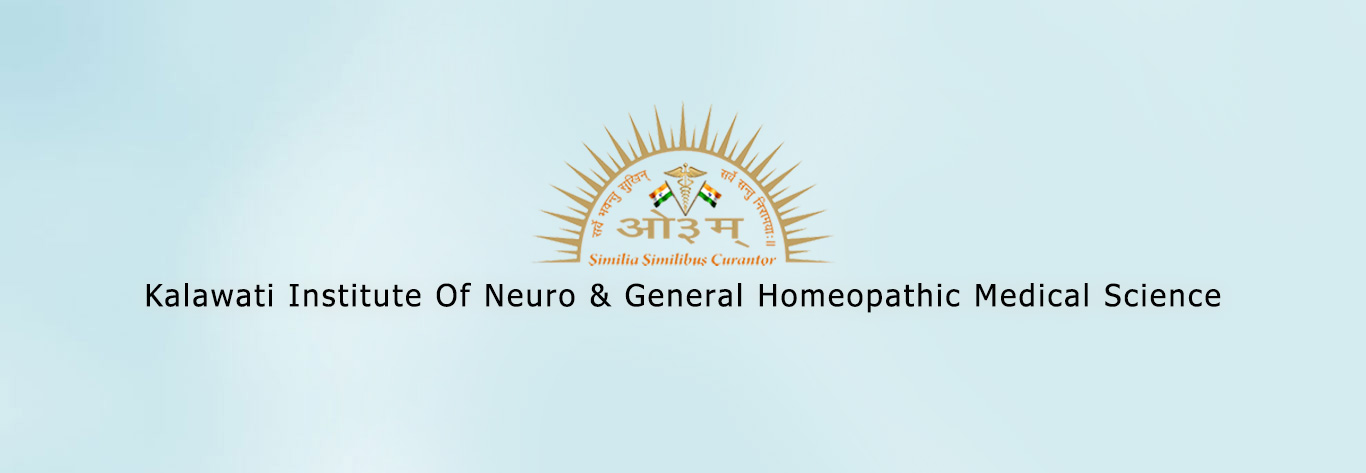Male hypogonadism is a condition in which the body doesn't produce enough testosterone — the hormone that plays a key role in masculine growth and development during puberty — or has an impaired ability to produce sperm or both.
You may be born with male hypogonadism, or it can develop later in life, often from injury or infection. The effects — and what you can do about them — depend on the cause and at what point in your life male hypogonadism occurs. Some types of male hypogonadism can be treated with testosterone replacement therapy.
Hypogonadism can begin during fetal development, before puberty or during adulthood. Signs and symptoms depend on when the condition develops.
Fetal development
If the body doesn't produce enough testosterone during fetal development, the result may be impaired growth of the external sex organs. Depending on when hypogonadism develops and how much testosterone is present, a child who is genetically male may be born with:
- Female genitals
- Ambiguous genitals — genitals that are neither clearly male nor clearly female
- Underdeveloped male genitals
Puberty
Male hypogonadism may delay puberty or cause incomplete or lack of normal development. It can cause:
- Decreased development of muscle mass
- Lack of deepening of the voice
- Impaired growth of body hair
- Impaired growth of the penis and testicles
- Excessive growth of the arms and legs in relation to the trunk of the body
- Development of breast tissue (gynecomastia)
Adulthood
In adult males, hypogonadism may alter certain masculine physical characteristics and impair normal reproductive function. Signs and symptoms may include:
- Erectile dysfunction
- Infertility
- Decrease in beard and body hair growth
- Decrease in muscle mass
- Development of breast tissue (gynecomastia)
- Loss of bone mass (osteoporosis)
Hypogonadism can also cause mental and emotional changes. As testosterone decreases, some men may experience symptoms similar to those of menopause in women. These may include:
- Fatigue
- Decreased sex drive
- Difficulty concentrating
- Hot flashes
Male hypogonadism means the testicles don't produce enough of the male sex hormone testosterone. There are two basic types of hypogonadism:
- Primary. This type of hypogonadism — also known as primary testicular failure — originates from a problem in the testicles.
- Secondary. This type of hypogonadism indicates a problem in the hypothalamus or the pituitary gland — parts of the brain that signal the testicles to produce testosterone. The hypothalamus produces gonadotropin-releasing hormone, which signals the pituitary gland to make follicle-stimulating hormone (FSH) and luteinizing hormone (LH). Luteinizing hormone then signals the testes to produce testosterone.
Either type of hypogonadism may be caused by an inherited (congenital) trait or something that happens later in life (acquired), such as an injury or an infection. At times, primary and secondary hypogonadism can occur together.
Primary hypogonadism
Common causes of primary hypogonadism include:
- Klinefelter syndrome. This condition results from a congenital abnormality of the sex chromosomes, X and Y. A male normally has one X and one Y chromosome. In Klinefelter syndrome, two or more X chromosomes are present in addition to one Y chromosome. The Y chromosome contains the genetic material that determines the sex of a child and related development. The extra X chromosome that occurs in Klinefelter syndrome causes abnormal development of the testicles, which in turn results in underproduction of testosterone.
- Undescended testicles. Before birth, the testicles develop inside the abdomen and normally move down into their permanent place in the scrotum. Sometimes one or both of the testicles may not be descended at birth. This condition often corrects itself within the first few years of life without treatment. If not corrected in early childhood, it may lead to malfunction of the testicles and reduced production of testosterone.
- Mumps orchitis. If a mumps infection involving the testicles in addition to the salivary glands (mumps orchitis) occurs during adolescence or adulthood, long-term testicular damage may occur. This may affect normal testicular function and testosterone production.
- Hemochromatosis. Too much iron in the blood can cause testicular failure or pituitary gland dysfunction, affecting testosterone production.
- Injury to the testicles. Because they're situated outside the abdomen, the testicles are prone to injury. Damage to normally developed testicles can cause hypogonadism. Damage to one testicle may not impair total testosterone production.
- Cancer treatment. Chemotherapy or radiation therapy for the treatment of cancer can interfere with testosterone and sperm production. The effects of both treatments often are temporary, but permanent infertility may occur. Although many men regain their fertility within a few months after treatment ends, preserving sperm before starting cancer therapy is an option that many men consider.
Secondary hypogonadism
In secondary hypogonadism, the testicles are normal but function improperly due to a problem with the pituitary or hypothalamus. A number of conditions can cause secondary hypogonadism, including:
- Kallmann syndrome. Abnormal development of the hypothalamus — the area of the brain that controls the secretion of pituitary hormones — can cause hypogonadism. This abnormality is also associated with impaired development of the ability to smell (anosmia) and red-green color blindness.
- Pituitary disorders. An abnormality in the pituitary gland can impair the release of hormones from the pituitary gland to the testicles, affecting normal testosterone production. A pituitary tumor or other type of brain tumor located near the pituitary gland may cause testosterone or other hormone deficiencies. Also, the treatment for a brain tumor, such as surgery or radiation therapy, may impair pituitary function and cause hypogonadism.
- Inflammatory disease. Certain inflammatory diseases, such as sarcoidosis, histiocytosis and tuberculosis, involve the hypothalamus and pituitary gland and can affect testosterone production, causing hypogonadism.
- HIV/AIDS. HIV/AIDS can cause low levels of testosterone by affecting the hypothalamus, the pituitary and the testes.
- Medications. The use of certain drugs, such as opiate pain medications and some hormones, can affect testosterone production.
- Obesity. Being significantly overweight at any age may be linked to hypogonadism.
- Normal aging. Older men generally have lower testosterone levels than younger men do. As men age, there's a slow and continuous decrease in testosterone production.
- Concurrent illness. The reproductive system can temporarily shut down due to the physical stress of an illness or surgery, as well as during significant emotional stress. This is a result of diminished signals from the hypothalamus and usually resolves with successful treatment of the underlying condition.
The rate at which testosterone declines varies greatly among men. As many as 30 percent of men older than 75 have a testosterone level that's below the normal range of testosterone in young men. Whether treatment is necessary remains a matter of debate.
Risk factors for hypogonadism include:
- Kallmann syndrome
- Undescended testicles as an infant
- Mumps infection affecting your testicles
- Injury to your testicles
- Testicular or pituitary tumors
- HIV/AIDS
- Klinefelter syndrome
- Hemochromatosis
- Previous chemotherapy or radiation therapy
- Untreated sleep apnea
The complications of untreated hypogonadism differ depending on what age it first develops — during fetal development, puberty or adulthood.
Fetal development
A baby may be born with:
- Ambiguous genitalia
- Abnormal genitalia
Puberty
Pubertal development can be delayed or incomplete, resulting in:
- Diminished or lack of beard and body hair
- Impaired penis and testicle growth
- Unproportional growth, usually increased length of arms and legs compared with the trunk
- Enlarged male breasts (gynecomastia)
Adulthood
Complications may include:
- Infertility
- Erectile dysfunction
- Decreased sex drive
- Fatigue
- Muscle loss or weakness
- Enlarged male breasts (gynecomastia)
- Decreased beard and body hair growth
- Osteoporosis


 Consultation
Consultation Book An Appointment
Book An Appointment Courier your medicine
Courier your medicine Give us a Call
Give us a Call